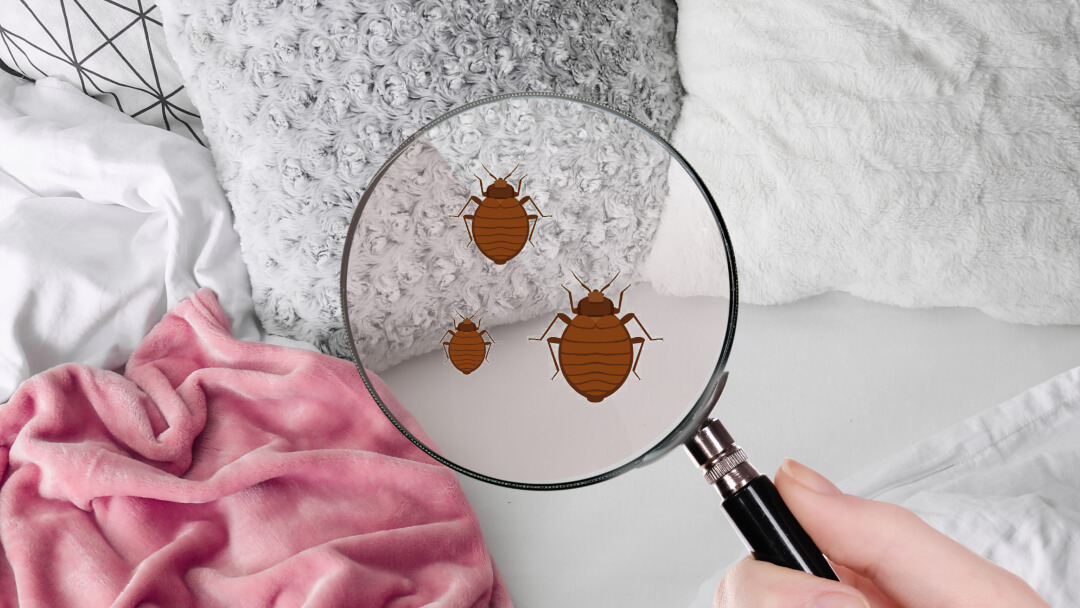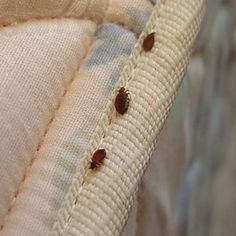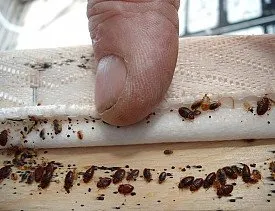Comprehending the Lifecycle of Insects for Targeted Control Strategies
Comprehending the lifecycle of bugs is an essential facet of reliable pest monitoring methods. With a deeper understanding of exactly how bugs evolve and flourish, tailored control methods can be created to attend to certain factors in their lifecycle, eventually leading to even more successful parasite monitoring outcomes.
Significance of Understanding Parasite Lifecycle
Comprehending the lifecycle of bugs is essential for developing effective and targeted control methods in bug administration. By understanding the various phases a bug goes through from egg to grownup, pest control specialists can identify weak spots in the lifecycle where intervention can be most successful. Recognizing when larvae are most active can help establish the optimum timing for using larvicides. Additionally, comprehending the lifespan of an insect types can assist in predicting populace development patterns and potential infestation dangers.
Moreover, recognizing the details environmental problems necessary for every stage of the parasite's lifecycle can direct choices on habitat modification or exemption approaches to interfere with the lifecycle and minimize insect populaces. This knowledge allows pest management experts to apply proactive measures instead than depending entirely on responsive treatments, bring about more long-term and sustainable parasite control options. Inevitably, a thorough understanding of parasite lifecycles equips pest control experts to customize their approaches efficiently, decreasing ecological impacts and optimizing control outcomes.
Trick Phases in Parasite Development
To properly implement targeted control techniques in bug monitoring, a crucial aspect lies in thoroughly recognizing and understanding the key phases in parasite development. Bug development normally consists of a number of vital stages that are crucial for their lifecycle and administration.

Vulnerabilities in Parasite Lifecycle
Throughout the different stages of a parasite's lifecycle, unique susceptabilities arise that can be strategically targeted for effective control steps (A1 Bed Bug treatment houston). One essential susceptability exists in the egg phase, where parasites are usually extra susceptible to particular pesticides or organic control representatives due to their soft outer shell, making them simpler targets for intervention. Understanding these vulnerabilities in the pest lifecycle is essential for navigate to these guys developing efficient and accurate control strategies that properly take care of bug populations while decreasing ecological impact.
Carrying Out Targeted Control Steps

Applying targeted control procedures commonly involves a multi-faceted strategy. This may consist of environment modification to make the environment much less congenial to bugs, such as removing standing water for insect control or sealing entrance factors for rodents. Furthermore, organic control approaches can be utilized, where all-natural predators or microorganisms are introduced to keep parasite populaces in check.
Chemical control, such as the careful application of chemicals, is another common technique. However, it is important to use these compounds sensibly to minimize ecological influence and possible damage to non-target types. Integrated Insect Management (IPM) strategies that integrate various control measures in a collaborated and sustainable manner are often one of the most effective in achieving long-lasting bug monitoring objectives. By executing targeted control measures based on a complete understanding of pest lifecycles, insect populaces can be properly managed while decreasing threats to human health and the atmosphere.
Improved Parasite Administration Practices

Additionally, the consolidation of biological control agents, such as all-natural predators or microorganisms of bugs, can help in reducing reliance on chemical pesticides and advertise a more balanced ecosystem. Applying physical barriers and traps can additionally belong to enhanced pest administration practices, using safe and targeted services for bug Homepage control. Additionally, the usage of scents and other semiochemicals can disrupt pest mating patterns and interaction, bring about lowered pest populaces in time.
Verdict
By identifying crucial phases in pest advancement and vulnerabilities in their lifecycle, targeted control measures can be carried out to lessen bug populaces. Boosted insect monitoring practices can help decrease the reliance on broad-spectrum chemicals and advertise more lasting and eco pleasant pest control approaches.
Understanding the lifecycle of parasites is important for establishing reliable and targeted control strategies in pest administration. By comprehending the different phases an insect goes through from egg to adult, parasite control professionals can determine at risk points in the lifecycle where intervention can be most effective. Ultimately, a complete understanding of pest lifecycles equips parasite control practitioners to customize their methods this link successfully, reducing environmental impacts and optimizing control end results.
By carrying out targeted control steps based on a thorough understanding of bug lifecycles, pest populations can be efficiently controlled while minimizing dangers to human wellness and the environment.
By recognizing crucial stages in pest growth and susceptabilities in their lifecycle, targeted control procedures can be executed to decrease insect populaces.
Comments on “Top A1 Bed Bug Treatment in Houston - Quick and Affordable”